Eurybia spinulosa […]
Florida
Small but Mighty Pinewoods Aster
Eurybia spinulosa in flower during the site assessment in early August. […]
Baker’s Tickseed
Coreopsis bakeri, Baker’s tickseed, flower with a tumbling flower beetle (Family: Mordellidae) visitor. […]
National Collection Spotlight: Florida Scrub Bluecurls
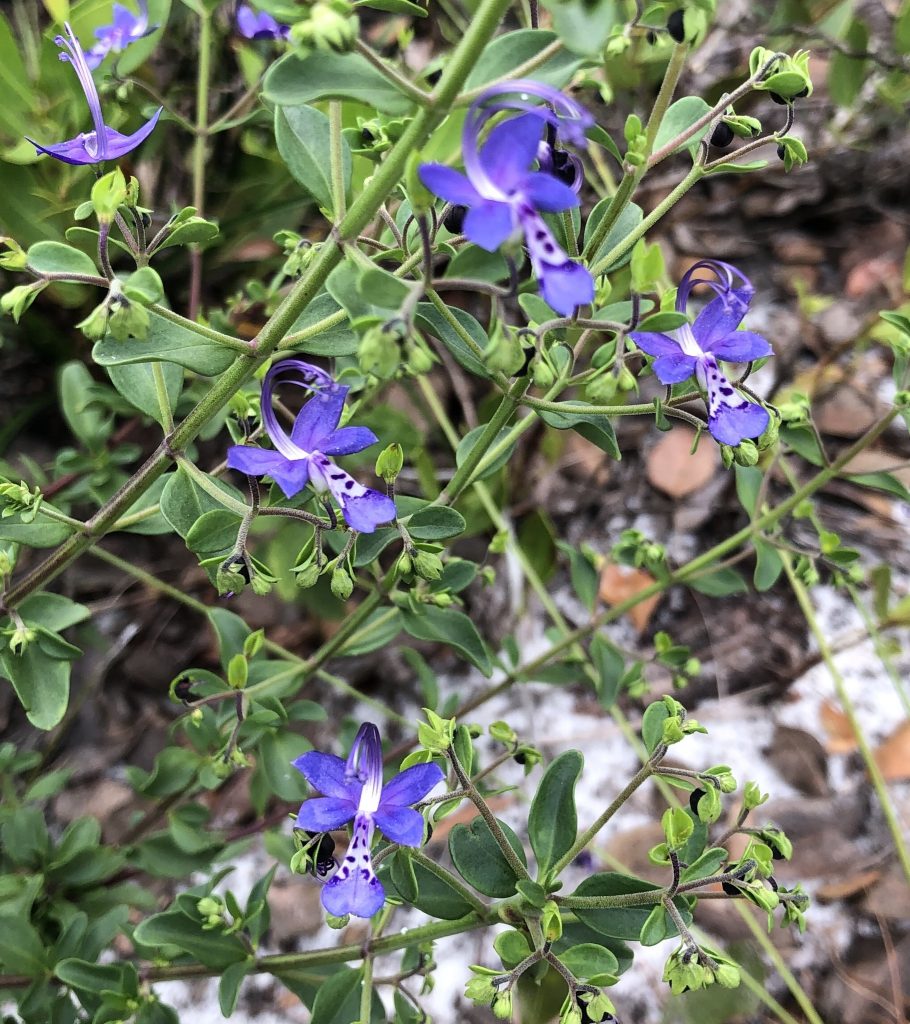
[…]
Details of Hairy-peduncled Beakrush
Collected seeds of a single maternal line of Rhynchospora crinipes as seen through the microscope’s lens, […]
Liatris gholsonii in full bloom
Liatris gholsonii in flower during the initial Site Assessment to estimate from how many maternal lines seeds will be collected at the time of Seed Collection. […]
DNA Banking Gholson’s Blazingstar
Atlanta Botanical Garden Field Biologist Cami Adams prepares to collect a DNA leaf sample parallel to the maternal line seed collected of Liatris gholsonii. […]
Gholson’s blazingstar in bud
Gholson’s blazingstar in bud […]
Rhynchospora crinipes Up Close
Under the microscope is seen a reference specimen from the University of West Florida herbarium to confirm the characteristic morphology of Rhynchospora crinipes. […]
Naples Botanical Garden Tackles Water Pollution Through Community Education
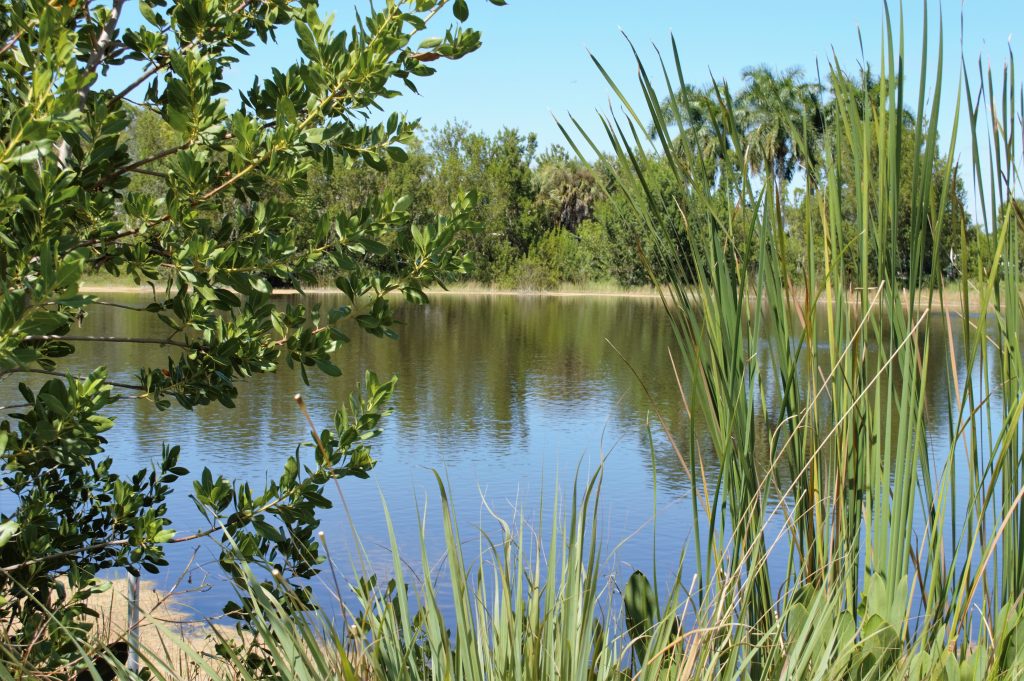
[…]
Welcome to CPC: New Participating Institutions
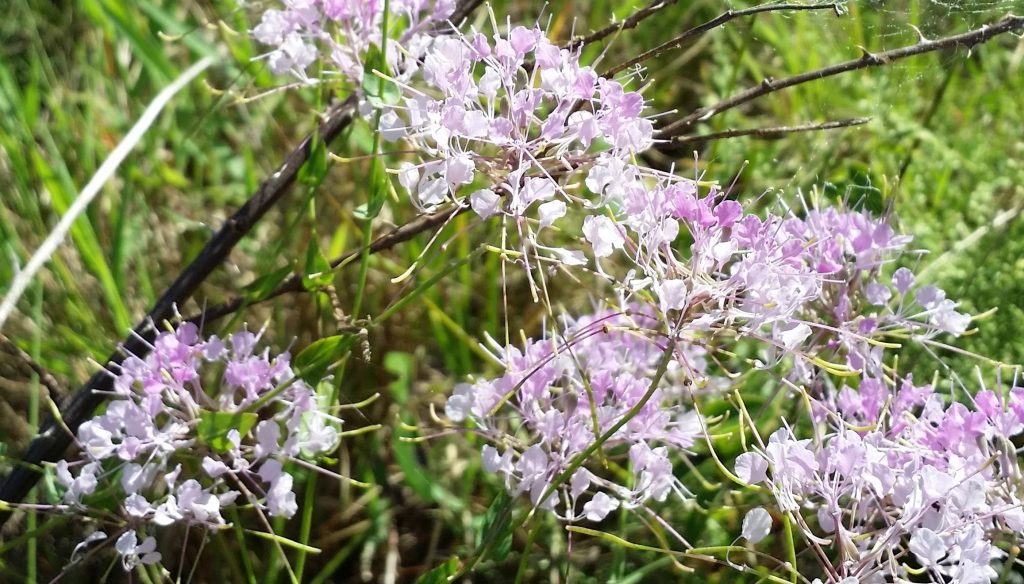
[…]
Spore Stories: Fairchild’s Rare Fern Conservation Program
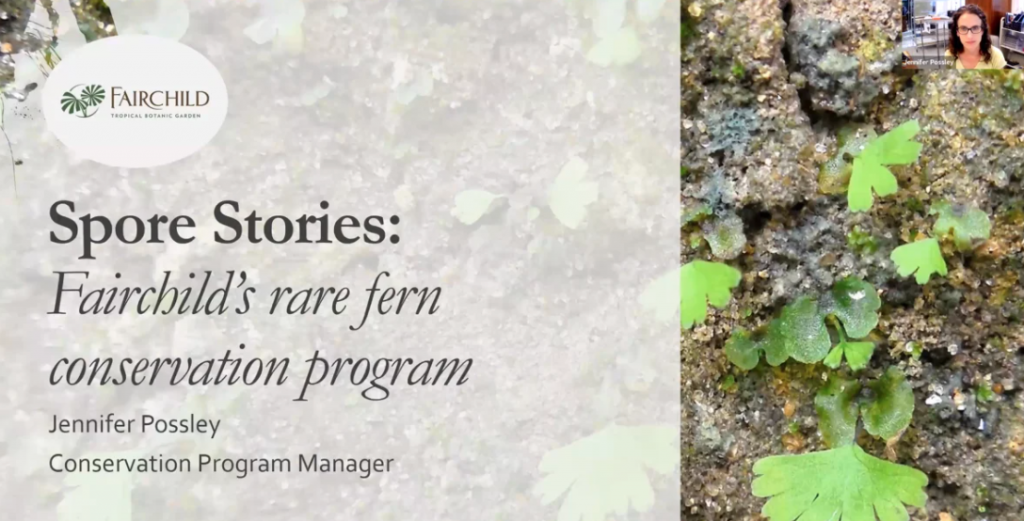
Jennifer Possley, Conservation Program Manager, Fairchild Tropical Botanic Garden South Florida leads the continental US in native fern diversity, with about 60 taxa. Despite this distinction, the region’s ferns have been under-documented and largely ignored by botanists, managers, and regulators. Some of the barriers toward documenting, studying and conserving ferns include difficulties in identification and […]
Conservation genetics of the endangered Apalachicola Rosemary, Conradina glabra.
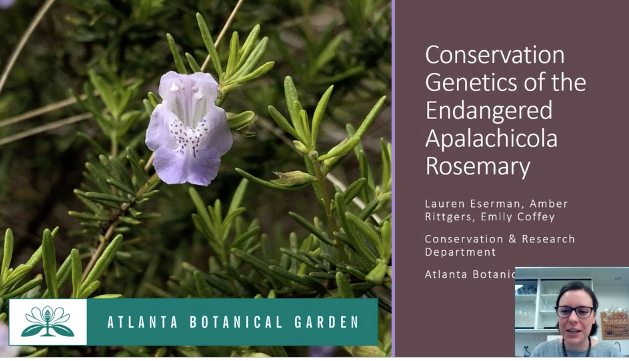
Lauren Eserman, Atlanta Botanical Garden Conradina glabra, or Apalachicola rosemary, is a federally listed endangered species that exists only on a small area of sandhill in Liberty County, Florida. Forestry practices in the last 100 years have resulted in declining populations of C. glabra. In the wild, plants produce very few seeds, but small plants that resemble seedlings […]
Restoration work helps preserve Lakela’s Mint
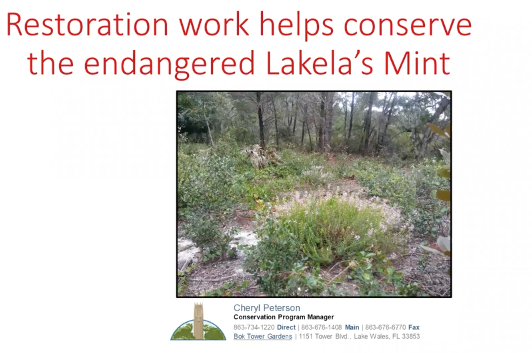
Cheryl Peterson, Bok Tower Gardens Dicerandra immaculata var. immaculata (Lakela’s Mint) (Lamiaceae) is a short-lived perennial endemic to the Atlantic Coastal Ridge. It has only a three-mile historical range and few remaining populations. Population modeling predicts near complete loss of plants within eight years unless habitat is improved enough to support large enough populations to withstand stressful events such […]
Natural History and Population Status of a Rare Shrub, the Miccosukee Gooseberry, on Private Land in North Florida
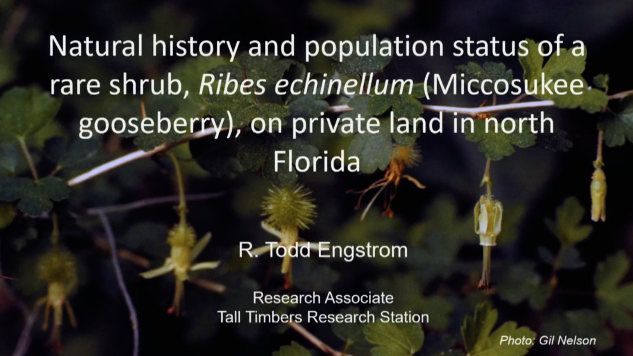
R. Todd Engstrom, Tall Timbers Research Station and Land Conservancy The Miccosukee gooseberry (Ribes echinellum) was discovered in on private land in Jefferson County, Florida, in 1924. A second population was located in McCormick County, South Carolina, in 1957, but this is a study of the Florida population only. The species was classified as federally […]
Habitat Suitability Models as a Conservation Tool for a Rare Mint, Macbridea alba
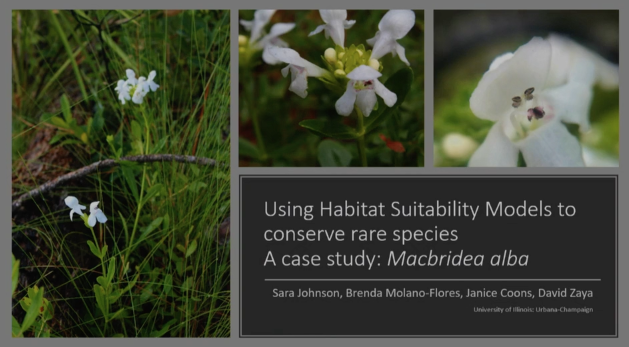
Sara Johnson, Department of Natural Resources and Environmental Science at University of Illinois: UrbanaChampaign Brenda Molano-Flores, Illinois Natural History Survey, University of Illinois: Urbana-Champaign Janice Coons, Eastern Illinois University Many rare and at-risk species exhibit a paucity of research, leaving gaps in the knowledge required to conserve them. Macbridea alba Chapman (White birds-in-a-nest, Lamiaceae) is […]
Coordinated Flatwoods Restoration and Monitoring in the Eastern Florida Panhandle: Traditional Plots and Experimental Terrestrial Lidar Scans
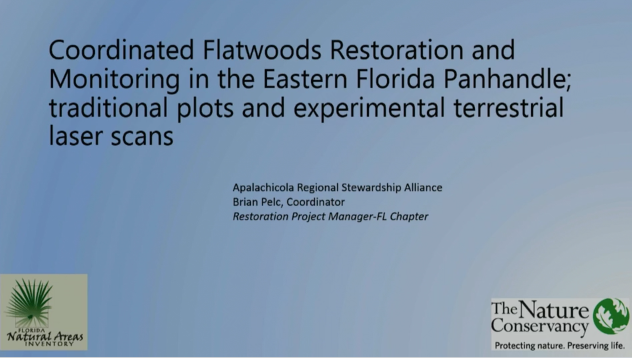
Brian Pelc, Restoration Project Manager, The Nature Conservancy-Florida. Coordinator of the Apalachicola Regional Stewardship Alliance. Chad Anderson, Ecologist, Florida Natural Areas Inventory Wet and Mesic Longleaf Pine Flatwoods (and structurally comparable longleaf ecosystems) play a critical role in maintaining the high biodiversity of southeastern forests. Previous flatwoods work has identified as many as 191 vascular […]
Evaluating Translocation Successes and Challenges: Case Studies of Federally Listed Plant Species of the Lake Wales Ridge, Florida
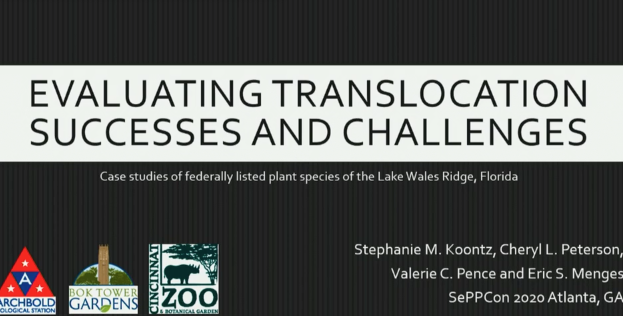
Stephanie Koontz, Archibold Biological Station, Cheryl L. Peterson, Bok Tower Gardens, Valerie C. Pence, Cincinnati Zoo and Botanical Garden, Eric S. Menges, Archbold Biological Station Translocations are an increasingly utilized tool for rare plant conservation. Urbanization along the Lake Wales Ridge, in southcentral Florida, has led to 85% loss of native Florida scrub and sandhill. […]